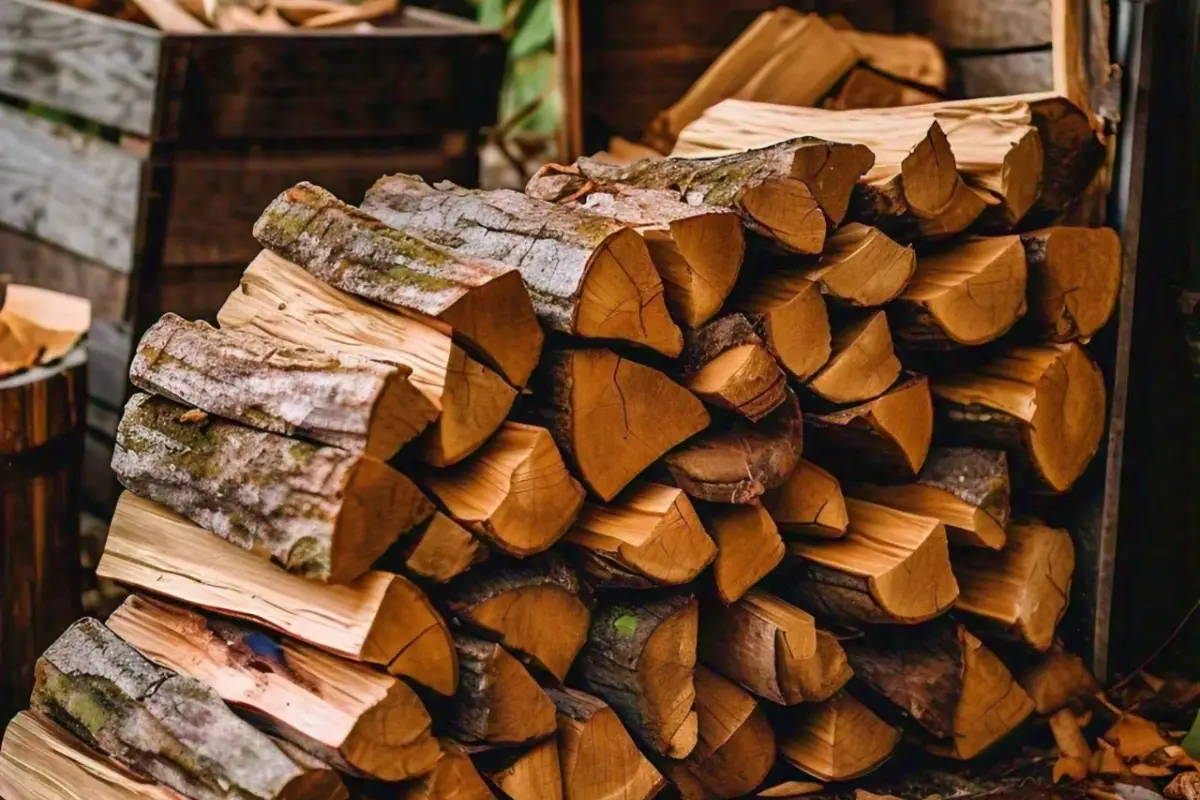
Are you dreaming of a serene oasis in your backyard, complete with a welcoming propane fire pit to gather around with loved ones? Before you start making plans in your head about those lovely evenings under the night sky with friends and family huddled near the dancing flames, there’s an all-important question you need to effectively answer: How far should propane fire pit be from house? While many people are drawn to outdoor fires, we cannot negate the fact that the inappropriate placement could easily become a hazard to your home, family, and property. This guide will show you the ins and outs of where to safely place your propane fire pit, so you can keep that cozy outdoor fire around for many years of memory-making party nights.
Why Compliance Matters:
Validating propane fire pit placement is about far more than simply following guidelines. It is about protecting your home and your family from preventable dangers. The threat of fire spreading to neighboring structures is an ever-present concern. Although propane fire pits are wonderful for evening warmth and light, they are also susceptible to high winds which can move the flames sideways. If located too close to decks, structures, patio furniture, overhanging roofs, and trees, the potential exists for an unwanted fire. By validating fire pit placement, that risk is dramatically reduced, protecting your family, your home, and your property.
Additionally, failing to observe local fire pit placement rules can result in legal issues. Whether a simple fine or far more serious measures, failing to observe local fire pit placement guidelines can result in liability. Staying informed about your local regulations concerning fire pit placement is an imperative step to avoid legal issues that can easily be avoided on the front end. By adhering to fire pit placement considerations, you can rest assured that you are both creating a safe environment, and good outdoor stewardship.
How Far Should Propane Fire Pit Be From House
Minimum Distance Requirements:
When you know the propane fire pit clearance to structures and other features, you not only keep your surroundings safe from harm but also ensure that you comply with the law. Note, though, that the required clearances can vary by region. However, an excellent starting point is the federal average suggested by the National Fire Protection Association (NFPA), and according to their guideline, a propane fire pit must have a minimum distance from structures at 10 feet. This distance does not exempt structures, like residential houses, from needing a 10-feet distance from the fire pit
Even if this distance is a federal average, some regions may have the Upper hand in safety. For example, the City of Ottawa, Canada, strongly suggests that residents place outdoor gas appliances, including gas-fired fireplaces and fire pits, at a minimum distance of 7.6 meters or 25 feet from building walls, windows, doors, and air intakes. Each state, city, and municipality follows a specific guideline. The distance mandated by local standards might change. A lot of local government enforcers in the US are more stringent or stricter in observing safety. Although NFPA suggests 10 feet, many local codes suggest a distance of 15 to 25 feet.
To ensure that these regulations are not overlooked, homeowners should contact their local government or fire department to find out about the necessary clearances where they live. This will ensure that home inspectors and fire departments recognize the outdoor fire pit as a legal installation. By following these regulations, local ordinances, and guidelines, propane fire pit owners can safely and responsibly enjoy their fire pits without unnecessary risks to their health. Always look up and follow your local codes to make sure you have the right clearance and other safety features.

Considerations and Factors to Keep in Mind:
Besides the distance requirements, there are other things you’ll want to keep in mind when choosing where to put your propane fire pit. By taking all these factors into account, you’ll be able to use your fire pit safely and keep within local regulations
Wind Direction:
One important consideration is the wind direction. The wind carries sparks and embers from the fire. It doesn’t matter if your fire pit meets all safety distance regulations if a gust of wind carries a spark and sets fire to something nearby. Placing your fire pit so that it is upwind of any buildings and structures can help lower the risk of any fire hazards posed by your fire pit.
Property Lines:
A less obvious, but equally important, consideration is your property lines. You may have enough space within your property to accommodate your fire pit, but make sure the location is also respectful to neighboring properties. Avoid placing your fire pit in a location where it is close enough to send smoke or sparks onto a neighbor’s property, and think about the responsibility you have to those that you live near. This not only helps neighbors stay happy, but it may also help you avoid confrontation and lawsuits.
Size and Design of the Fire Pit:
The size and design of your fire pit influence where it will go. Bigger fire pits will need more clearance to help run safely. Remember: The more heat and flame, the farther away from flammable materials it needs to be. This includes the flames’ heights. You’ll also want a fire pit that fits with your space and complies with the law. A well-placed and well-learned fire pit can keep the fun going and the neighbors happy.
To summarize, examining these influences in tandem with minimum distance standards will help you place your fire pits for propane safety. By evaluating the direction of the wind, constraints on your property lines, and the size and form of the fire pit, you can take steps to prevent fire hazards and follow local rules. This emphasis on safety and responsible propane fire pit placement protects your home and environment, and it fosters a positive outdoor space for you and your neighbors









